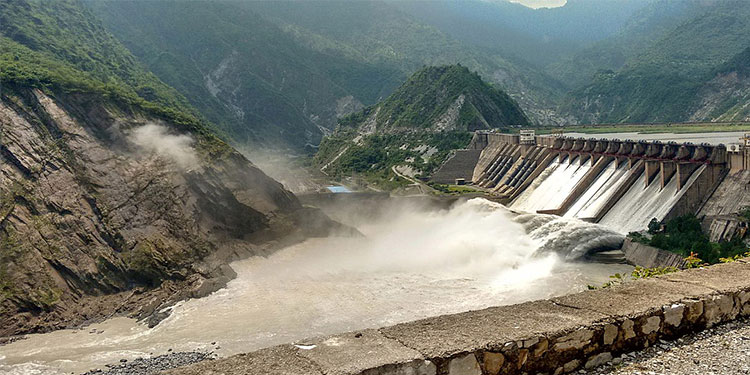
The primary supply of drinking water for Morogoro, Tanzania, comes from Mindu Dam. This dam provides the local water utility, MORUWASA, with about 80% of its water supply.
The consequences of population increase, intensive agriculture, and climate change are posing a growing threat to the water supply from Mindu Dam. These elements cause the neighboring riverbanks to be heavily loaded, which severely erodes the soil. The NWB Fund has provided €99,830 for World Waternet’s initiative in Tanzania to address soil erosion. The Mindu Dam catchment region will see the introduction of agroforestry with the help of this money. This project is a continuation of the development of an intelligent reforestation tool in an earlier project. Project completion is scheduled for April 2026.
The announcement makes regional manager Janette Worm of World Waternet very happy and proud: “With all stakeholders, we can now move forward with climate-resilient river basin management and sustainable water supply (IWRM4WASH) in new ways thanks to this breakthrough. The only way to ensure a sufficient supply of drinking water in the future for our WaterWorX partner, MORUWASA, is to proceed in this manner.”
World Waternet has been researching agroforestry treatments to decrease sedimentation in Mindu Dam for the past year in partnership with the local water board, MORUWASA, the Dutch company FarmTree, and the Wami-Ruvu Basin Water Board. The NWB Fund also provided co-financing for this project. Next, an agroforestry tool was created in collaboration with all parties involved. This assists in selecting the appropriate combination of cashcrops and trees (the so-called NWB Fund watershed reforestation tool). The application of this instrument is the main goal of the follow-up project.
Furthermore, a plan outlining different approaches has been created. One example would be if nearby farmers moved to aquaculture or beekeeping, which would result in less agricultural work and different revenue streams. It is also possible to construct small sedimentation dams to collect sediment before it reaches Mindu Dam. With the recent floods in East Africa, this creative approach emphasizes the importance of working with local communities to find nature-based solutions for water management and conservation.
